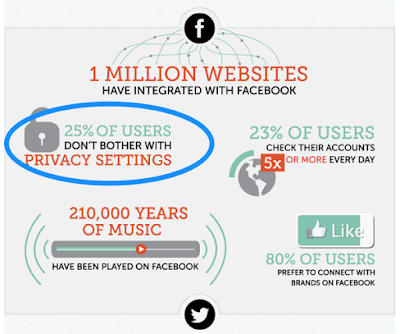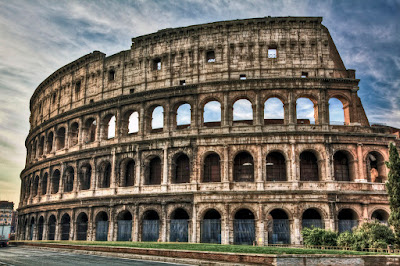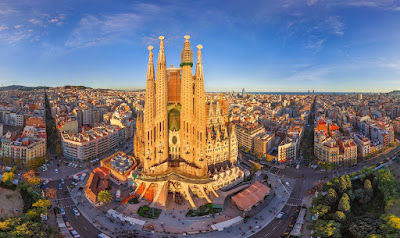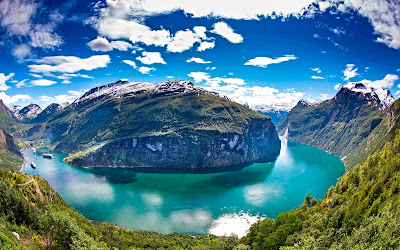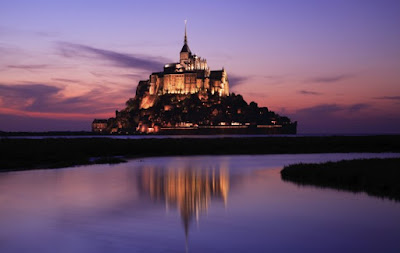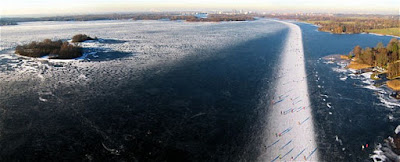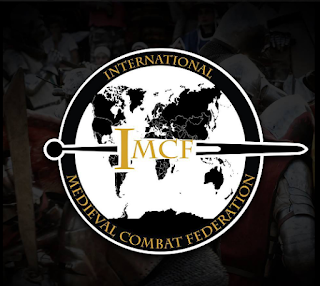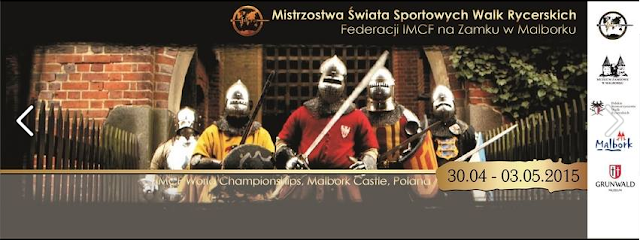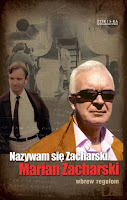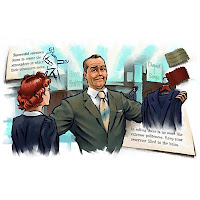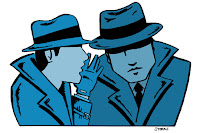How did social media
actually influenced our life and the society in general?
First
e-mail was sent and delivered in 1971, now we can't imagine our life not only
without internet but social media and smartphones. It's all about connections,
social media based on our feeling, we are curious what's going on with our
friends and family members, we can connect with everybody we want and the same
time and feel important to stay well informed. Someone who would remove his
accounts, it's like he is not longer exist. If you have social media channels like
fabebook, instagram, twitter etc, you probably know what it means.
We almost
can feel this pressure. It's psychologically proved that even our bodies
receive adrenaline from checking in social media. 10 minutes of using social
media can raise oxytocin levels in blood 13%, it creates feelings of trust and
security and also reduces anxiety levels. When we use social media channels, we
use the same brain area that is activated when we processes feeling about food,
sex and money.
The number
of people using mobile devices for social media increased 500% in just 3 last
years.
It's also
addictive and make us compare our lives with other people.
Communication (+)
That's the biggest plus of social
media. We are living in a time where the world is open to us. We can contact
anyone around the world, at any time and it's free. We can also share elements
of our life, from what we enjoy to photos of ourselves and those in our lives.
It is like being a part of that person’s world, even though distance keeps you
apart.
Business
(+)
Social media has definitely made us
closer to other parts of the world. Social media is a cheap but very effective
way to enhance brand image and popularity compared to TV commercials today.
Knowledge
(+)
We can learn from internet and social
media channels. We can share a lot of interesting stuff others don't know
about.
Productivity (-)
We use
social media even at work. You check
your profiles or viewing YouTube or your favorite blog during work hours. Data
shows that we use social media like facebook 81h a year. We don't spend much
time on social media channels but we distract our work a lot of times for quick
brakes.
Any privacy (-)
Social
media sites and apps encourage everyone to be more and more public about every
detail in your personal life. It's hard to control some pictures and posts we
forgotten, sometimes even employer could do a background check. We have to be
more careful with private life's post and other posted information.
I think that the effects of social
media have been balanced. There are many good things about it, and many bad
things. If you can keep your own life real and use social media channels as a
small part of it, you should be fine.
Questions:
1. How
often do you use social media?
2. What's
the biggest advantage and disadvantage in social media channels in your opinion?


